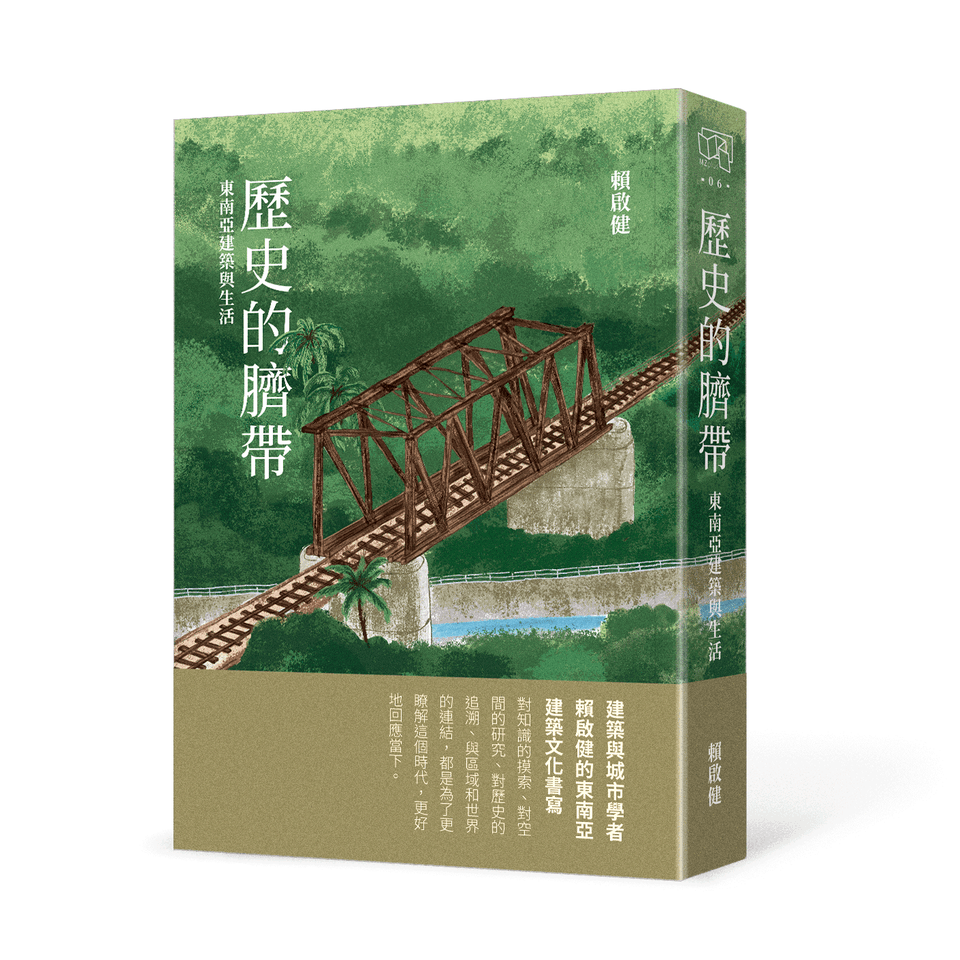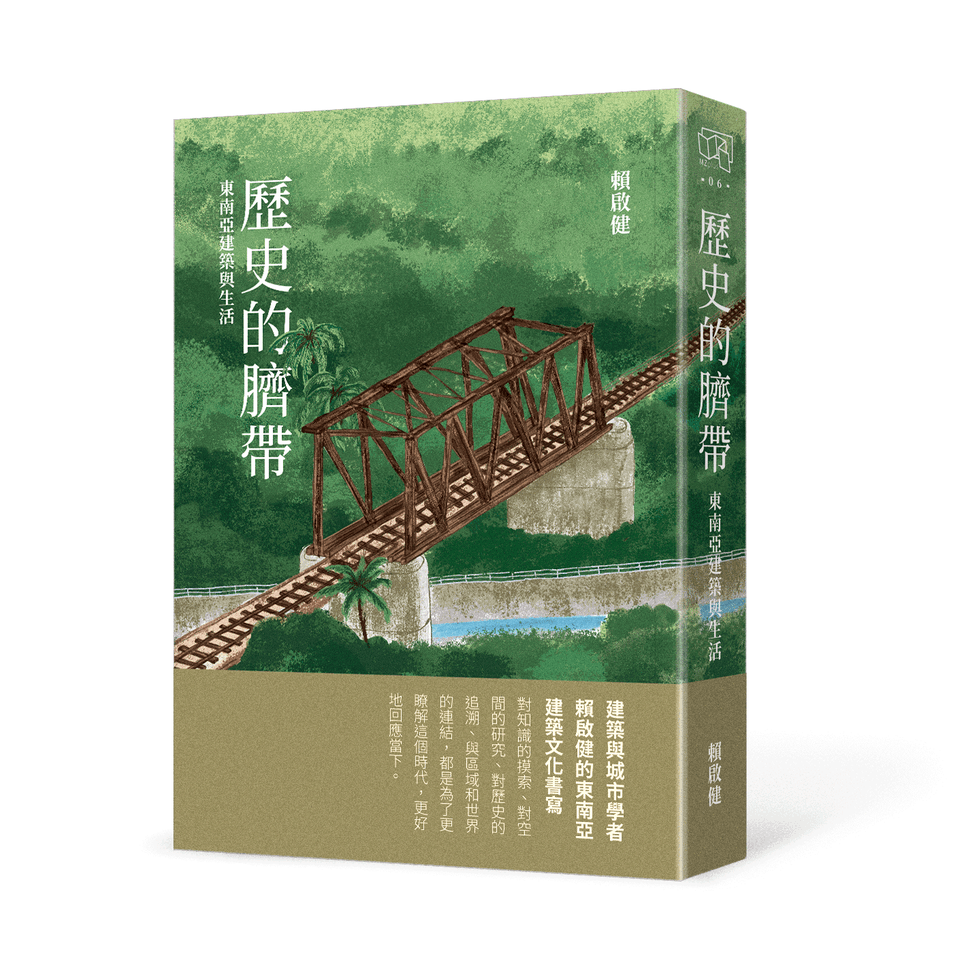The Umbilical Cord of History: Architecture and Life in Southeast Asia
The Umbilical Cord of History: Architecture and Life in Southeast Asia
5 in stock
Couldn't load pickup availability
出版社: 季风带
ISBN/EAN: 9789860611137
出版日期: 2021-11-01
页数: 520页
语言: Traditional Chinese
★Architecture and urban scholar Lai Qijian's writings on Southeast Asian architectural culture <br />Exploration of knowledge, research on space, tracing of history, and connection with the region and the world,
All of this is to better understand this era and better respond to the present.
Lai Qijian is an architectural and urban historian specializing in architectural research in Singapore and Malaysia after World War II. The chapters collected in this book are all the academic achievements accumulated by the author over the years. It is a collection of essays focusing on the research of Southeast Asian architecture, history, geography, and culture, covering tropical plants, literary activities, climate, film and art.
This book contains twenty articles in four sections, covering: first, different aspects of Southeast Asia in theory, historiography, biogeography and the tropics; second, the specific spatial histories of Singapore and Malaysia; third, the cultural functions of song, film, art and murals; and fourth, architectural concepts of the interconnectedness between its capital city, its surrounding region and the world at the moment of national formation.
The title, "The Umbilical Cord of History," reflects the author's perspective on history. He believes that history is a cord (the umbilical cord) connecting the past and the present. His long-term research on the cultural history of Singapore and Malaysia is like an "umbilical cord" transporting nutrients between the two separated places.
Lai Qijian
An architectural and urban historian and registered architect in Singapore, he received his Master of Architecture from the National University of Singapore in 1996 and his PhD in the History of Architecture and Urban Design from the University of California, Berkeley in 2005. His research focuses on the history of architecture and art in Southeast Asia, with a particular focus on the post-World War II development of Malaysia and Singapore. His publications include A Brief History of Malayan Art (English translation), The Construction of Merdeka: The Architecture of Kuala Lumpur in the Independence Era (1957-1966), A Chronicle of Singapore: Architecture, and The Merdeka Dialogues.
3 Introduction
Volume 1: Southeast Asia
11 Experimental Application of Southeast Asian Theory
33 Southeast Asian Spatial History and Historiography
71 Imagining Southeast Asian Horticultural Landscapes in the 19th and 20th Centuries
87 Cosmopolitanism and Southeast Asian Cities
99 Tropical Metaphors: Architectural Politics in a Hot and Wet Climate
145 Use of ventilation bricks in Southeast Asia
Volume 2: New Horses
155 From Matan to Padang: The Evolution of Lawns in Metropolitan Malaysia and Singapore
191 Singapore: Towards another plant age
205 Rambutan in the Frame: Han Huaizhun and the Spatial Expression of the Chinese in Singapore
239 Between Commercial Interests and Multiracialism: The Construction of Early Colonial Landscapes in Penang and Singapore
281 Railway Secrets: Reminiscences of Singapore’s Railways and Stations
295 Singapore Private Residences Review
303 Co-operative housing in Singapore
Volume 3 Cultural Studies
333 Philosophical Rap and Poetry Songs: Two Cross-Border Texts in Chinese Culture
359 Singapore in Hollywood Films
369 Imagining Nanyang: Hong Kong and Southeast Asia in Wong Kar-wai's Films
395 Malaya in Art and Architecture
425 Space in Pictures: Exploring Architecture and Landscape in the Collection of the National University of Singapore Museum
The Formation of the Four Nations
437 Three major national construction projects
491 Traveling with the Weather: Malaysia Pavilion at the Commonwealth Institute
513 Works by Lai Qijian
519 Translator
Share


